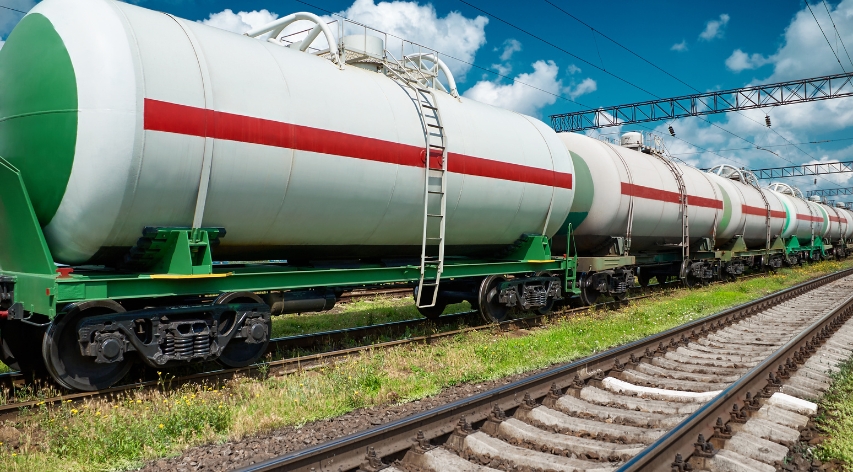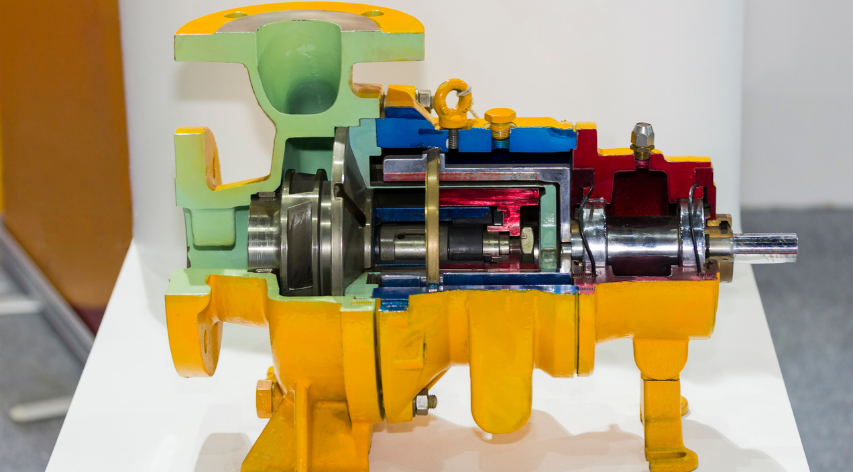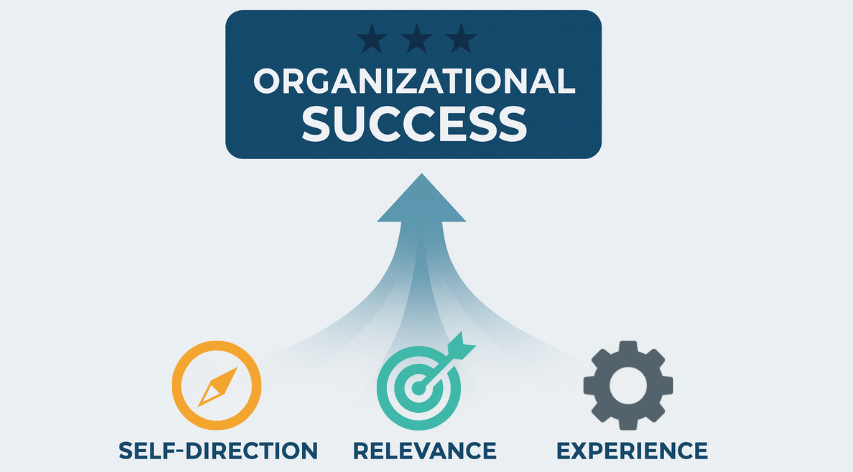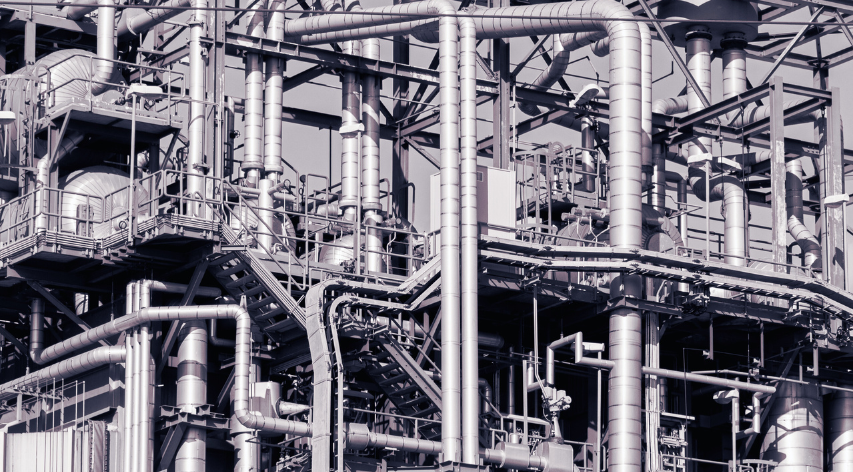Railroad Tank Car Lining Compliance: What Shippers Need to Know

Are your company’s bulk transport practices compliant with federal regulations? The Code of Federal Regulations (CFR), specifically 49CFR Part 180, details the mechanical, inspection, and maintenance requirements for various types of transport containers used by the chemical and petrochemical industries. Such containers include cylinders, intermediate bulk containers (IBCs), portable tanks, and railroad tank cars. This article will focus on Part 180 Subpart F for railroad tank cars.
Before 1996, tank cars were only required to undergo successful hydrostatic testing every 10 years. In 1996, the Federal Railroad Authority (FRA) enacted HM-201, which created 49CFR Part 180 Subpart F. This regulation increased the details around qualification inspections and testing to improve safety and reliability of tank car integrity. A list of commodities requiring extra protection was implemented in 1998 and included as Appendix D, and in 2012, HM-216B came into effect and formally incorporated that list of commodities into the regulation. However, the regulation also defines a commodity as “corrosive to the tank” if it corrodes mild steel at a rate in excess of 2.5 mils/year (0.0025 inches/year). That’s not much!
The vast majority of tank cars on the rails today are leased by the shipper – not owned. Note that the “shipper” is the organization offering the commodity for shipment by rail, which is usually the company that produces the commodity and wants to deliver it to their customer. With leased tank cars, many aspects of regulatory compliance are built into the leases by the tank car owner. Hydrostatic testing, brake inspection, thickness testing, mechanical testing/inspection, etc. are done every 10 years, and the car must be sent to shop to complete these activities.
For commodities listed in Appendix D or those determined to be “corrosive to the tank,” an internal lining or coating is required and is normally specified, inspected, and maintained by the shipper of the commodity – not the car owner. Essentially, the shipper owns the lining. There are some cases in which linings are installed for reasons of maintaining product purity, such as solvents or food products that shippers want to keep free from contamination or for product release purposes to facilitate delivery or offloading products. Those linings are stenciled as “PP” and do not fall under these FRA requirements. A common mistake made by shippers is to use the “PP” designation for any commodity that isn’t specifically listed in Appendix D, but that practice is not compliant.
If a commodity is corrosive to the tank, the shipper (lining owner) must create an inspection and maintenance program for each commodity. This Lining Management Protocol must detail inspection acceptance criteria and corresponding inspection intervals based on industry norms for widely used chemicals or, even better, on actual data provided by the shipper. What this means is that the shipper must do all of the following:
- Test the commodity for corrosivity to mild steel
- Determine (test for?) lining compatibility
- Compose a Lining Management Protocol detailing inspection acceptance criteria and inspection intervals for each commodity
The sticky point is that the maximum inspection interval for commodities corrosive to the tank is eight years – not 10. This limit necessitates that lined tank cars must return to shop inside the longer interval allowed for mechanical testing.
The good news is that Becht has resources to offer turnkey compliance, including corrosion testing, selecting candidate lining materials, compatibility testing of those lining materials, and creation of the Lining Management Protocol. Reach out to us and get compliant!
Like what you just read? Join our email list for more expert insights and industry updates.






